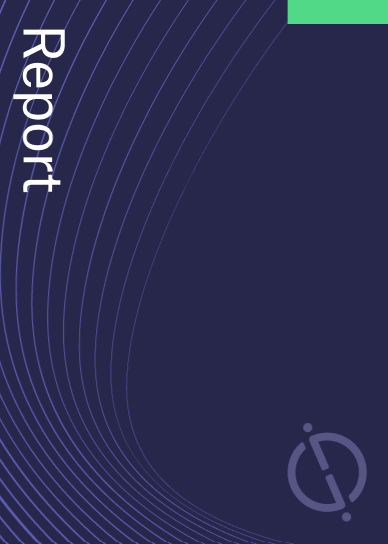Mallinckrodt has been granted a patent for systems and methods for administering nitric oxide (NO) using left ventricular assist devices (LVADs). The patent also covers systems and methods for monitoring the NO delivery devices and LVADs. The method involves monitoring the left ventricle of a patient with an LVAD by adjusting the pump speed and administering a dose of inhaled NO. The pulmonary hemodynamic parameters of the patient are measured before and after the administration of NO, and the dose is adjusted if necessary. The method also includes an automated exercise initiation process for exercising the patient’s heart. GlobalData’s report on Mallinckrodt gives a 360-degree view of the company including its patenting strategy. Buy the report here.
According to GlobalData’s company profile on Mallinckrodt, was a key innovation area identified from patents. Mallinckrodt's grant share as of September 2023 was 55%. Grant share is based on the ratio of number of grants to total number of patents.
Monitoring and administering nitric oxide with lvads
A recently granted patent (Publication Number: US11759620B2) describes a method for monitoring the left ventricle of a patient with a left ventricular assist device (LVAD). The method involves providing clinician entry fields on a nitric oxide (NO) delivery device, where the clinician can input parameters such as pump speed, dose of inhaled NO, therapy duration, and number of times per day. The LVAD pump speed is then adjusted to the received pump speed. Pulmonary hemodynamic parameters of the patient are measured before and after administering the NO dose, and these values are compared to a predetermined range. If the parameters are outside of the range, the dose of inhaled NO is adjusted accordingly. The current pump speed and NO dose being delivered are displayed on the device.
Additionally, the method includes an exercise initiation button, which, when pressed, initiates a series of steps to exercise the left ventricle of the patient's heart. This involves discontinuing the inhaled NO administration and repeating the preloading, adjusting, and discontinuation steps for the specified number of times per day. These exercise steps are automated by the NO delivery device.
The patent also mentions that the pulmonary hemodynamic parameter can be selected from left atrial pressure (LAP), pulmonary capillary wedge pressure (PCWP), and cardiac output (CO). An increase in LAP and/or PCWP of less than 5 mm Hg from the first pulmonary hemodynamic value to the second indicates improvement in the left ventricle. If improvement is observed, the treatment can be modified, potentially leading to the removal of the LVAD from the patient.
Furthermore, the method allows for monitoring the output parameters of the LVAD as a means of measuring the pulmonary hemodynamic parameters.
Overall, this patent describes a method for monitoring and adjusting the treatment of patients with LVADs using a NO delivery device. The method includes measuring pulmonary hemodynamic parameters, adjusting the NO dose and LVAD pump speed, and providing an automated exercise feature. The ability to monitor and modify treatment based on these parameters may improve patient outcomes and potentially lead to the removal of the LVAD in cases of improvement.
To know more about GlobalData’s detailed insights on Mallinckrodt, buy the report here.
Data Insights
From

The gold standard of business intelligence.
Blending expert knowledge with cutting-edge technology, GlobalData’s unrivalled proprietary data will enable you to decode what’s happening in your market. You can make better informed decisions and gain a future-proof advantage over your competitors.



